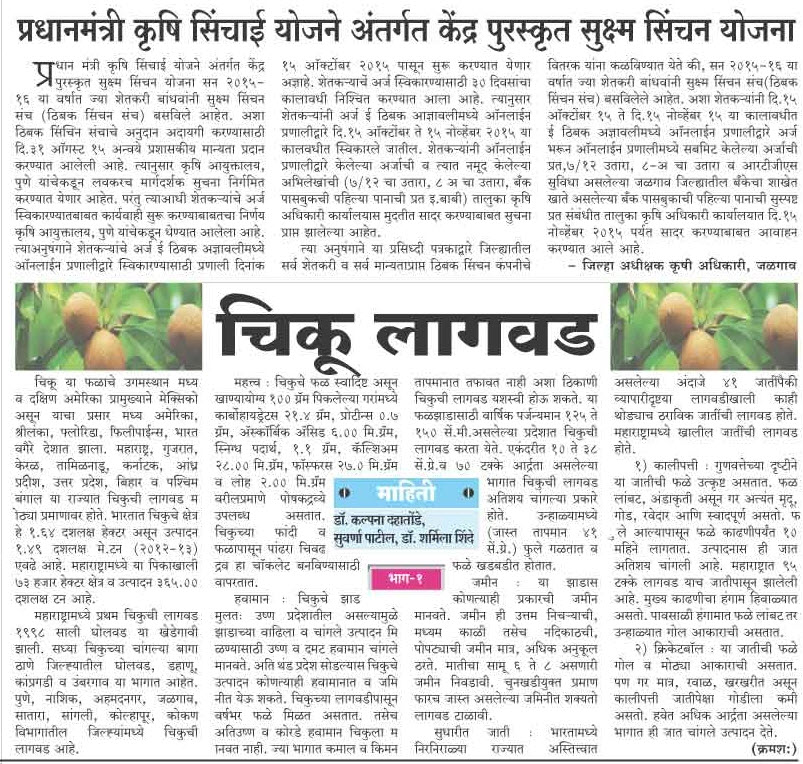 |
| micro irrigation |
micro irrigation system
Pradhanmantri Krushi Sinchai Yojana chiku lagwad
 |
| Pradhan Mantri Krishi Sinchayee Yojana (PMKSY) chiku lagwad |
micro irrigation scheme
micro irrigation
irrigation online
agriculture in maharashtra
agriculture of maharashtra
jain thibak
thibak sinchan yojana
tibak sinchan
jain thibak sinchan
online irrigation









.jpg)

.jpg)
